I use LineageOS on a OnePlus 7 Pro as my main phone. I’m in the market for a new Android device. I got the opportunity to try the Google Pixel 6 Pro when I found an open box deal on Best Buy for $680, closing in on ebay’s used price.
I flashed this Pixel 6 Pro with the GrapheneOS. While LineageOS’ goal is hardware compatibility and longevity, GrapheneOS only works on Google Pixels and is 100% laser-focused on security.
This comparison will be from a perspective of Lineage/Graphene OS usage, meaning I don’t count hyper-Googled features like call screening or other heavily systemized features.
Pixel 6: Pros
Some benefits of Graphene’s security approach:
- Nearly instant security and OS updates. Android 13 went into the stable branch in the middle of my testing.
- Unique privacy features like Sandboxed Google Play.
The new phone running GOS is better in many ways. Here are the most substantial improvements I found while using the Pixel:
- GrapheneOS System files only take up 1.1GB instead of 25GB of space
- Play Services Location now works accurately (compass in Google maps)
- Apps with a heavy reliance on Play Services work better on GOS than LOS, (PayPal and Hinge) (sandboxed google play is better than MicroG)
- Google Pay starts, but I still cannot authorize any cards
- Mostly working U2F keys. GitHub works, Google does not.
- Weirdly fast in some instances, like pressing a song to play in Poweramp (half a second faster, could be storage or processor?)
- 120hz is a noticeable upgrade
- GCam works better with the OS (can preview photos from lock screen, QR codes can be scanned with camera)
- Fingerprint reader from AOD actually works
- AOD is much better, seemingly less battery intensive (LTPO?)
- Lift phone to wake is smoother, more accurate
- Settings never lag (Going into the settings view to change permissions, uninstall for any app on LOS lags like crazy)
- Minor UI elements are significantly less janky.
- Some Pixel specific features work really well, like Magic Eraser or Speech to Text in the Recorder App.
Camera Comparisons
I use Google Camera on both phones. On the Pixel 6 Pro this is just the Camera from the Play Store, while on the OnePlus I’m using a GCam port with the latest config by Six Armed Priest (SAP / Arnova).
I took a couple comparison shots of this backyard with both phones. The results don’t look very different for being 3 generations apart. Although it was neat to see evidence of how computational photography is pushing camera quality forward. Porting that computation to older phones brings them really close to new $800 USD flagships.
Pixel - Photo 1
OnePlus - Photo 1
Pixel - Photo 2
OnePlus - Photo 2
Pixel - Photo 3 (Telephoto lens)
OnePlus - Photo 3 (Telephoto lens)
Pixel - Photo 4 (Ultrawide lens)
OnePlus - Photo 4 (Ultrawide lens)
Pixel - Photo 4 (Ultrawide lens - Photo closer look)
OnePlus - Photo 4 (Ultrawide lens - Photo closer look)
With the photos side by side, the Pixel is the winner:
- captures more detail
- the colors are “true to life”
- shadows are more accurate
- less noisy telephoto and ultrawide shots
I could give or take the saturation of the OnePlus, it depends on the environment or tone of the photo.
Overall the Pixel is a measured but not overwhelming improvement.
Pixel 6: Cons
Software
LineageOS still has better customization and little features not on GrapheneOS. I miss:
- Caffeine quick tile, keeping the screen on for longer durations temporarily
- Controlling an app’s access to wifi, mobile, and VPN data independently. I have a very limited data plan, and turn off mobile data completely for apps like YouTube.
- Long press power button shortcut to turn on flashlight. I miss this less because of how accurate Life to Wake is.
Hardware
This is my biggest gripe. The new Google Tensor SoC gets HOT when you push it. I normally wouldn’t care that much, but under warmer ambient conditions (like in a car while charging or doing anything outside in California), the chip throttles down and performance suffers tremendously.
The screen will start to refresh at under 60hz, the software will encounter slowdowns like 2-3 second delay in app switching or bringing up the keyboard. Mobile data/wifi will cut out and never get restored until you toggle them off and on again respectively. I use my phone outside frequently and I think this might be a show-stopper.
Granted, the chip is fine under normal air-conditioned conditions.
Conclusion
Overall, GrapheneOS on the pixel 6 pro is a much better experience than LineageOS on the OnePlus 7 pro. I don’t know what to thank for the improvement: is it the newer hardware, the substantial effort/funding of GrapheneOS, or just the famed “Pixel experience” for developers?
Perhaps a combination of all three. The result is an enjoyable, security hardened device that I will ultimately return to BestBuy. The processor so readily clocking down when it’s warmer than a Mountain View morning feels like a major compromise for almost $700.

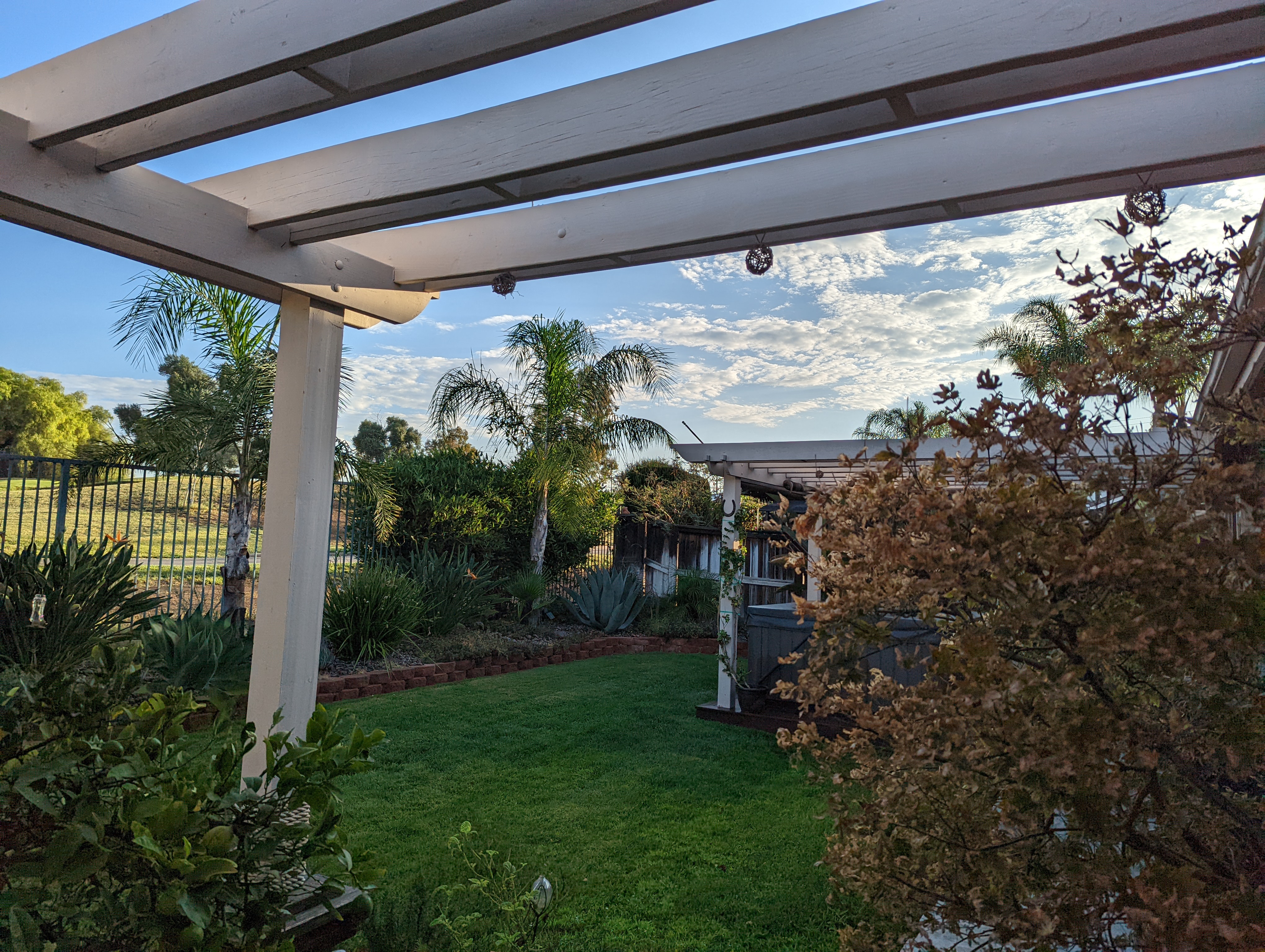
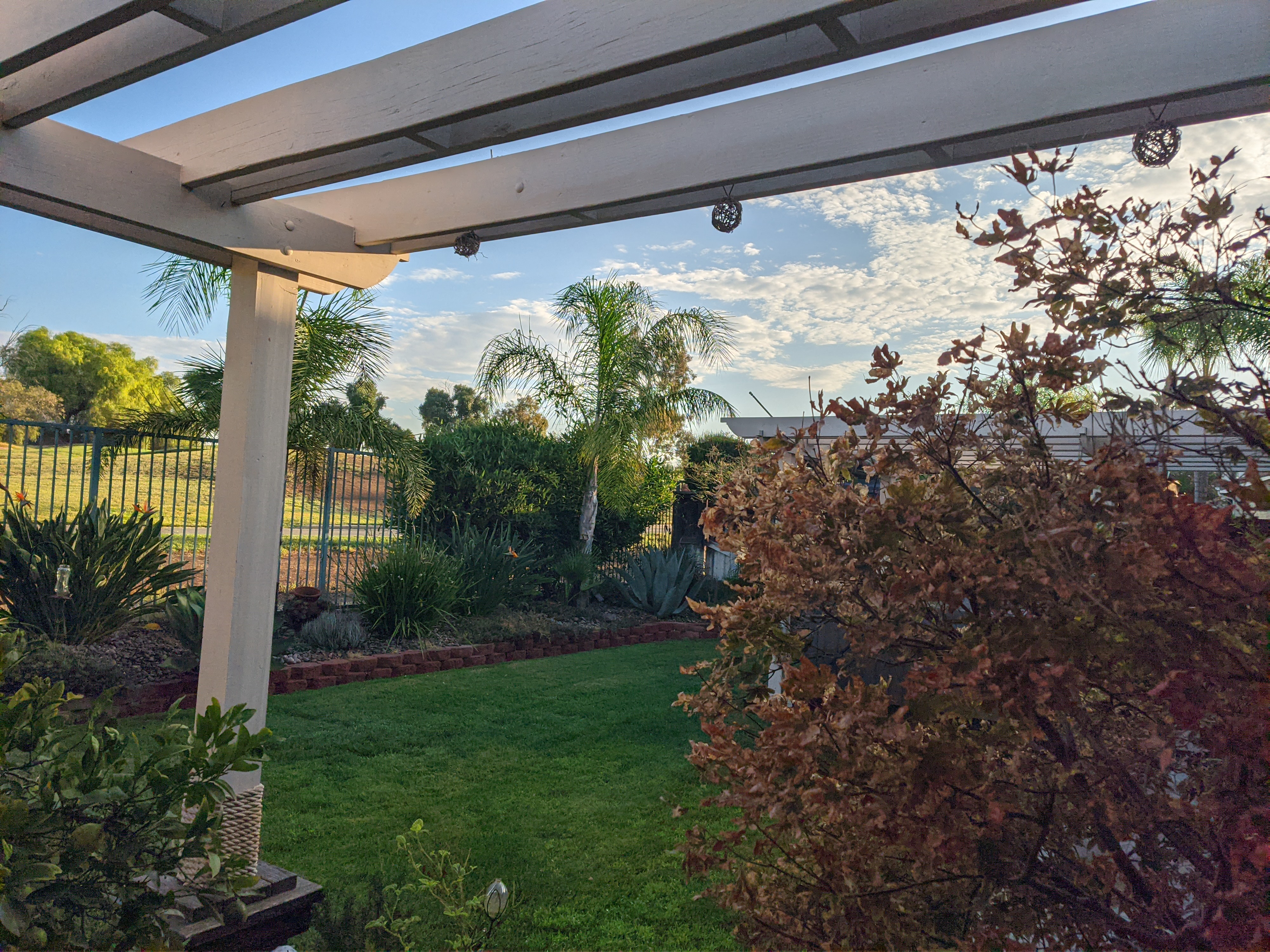

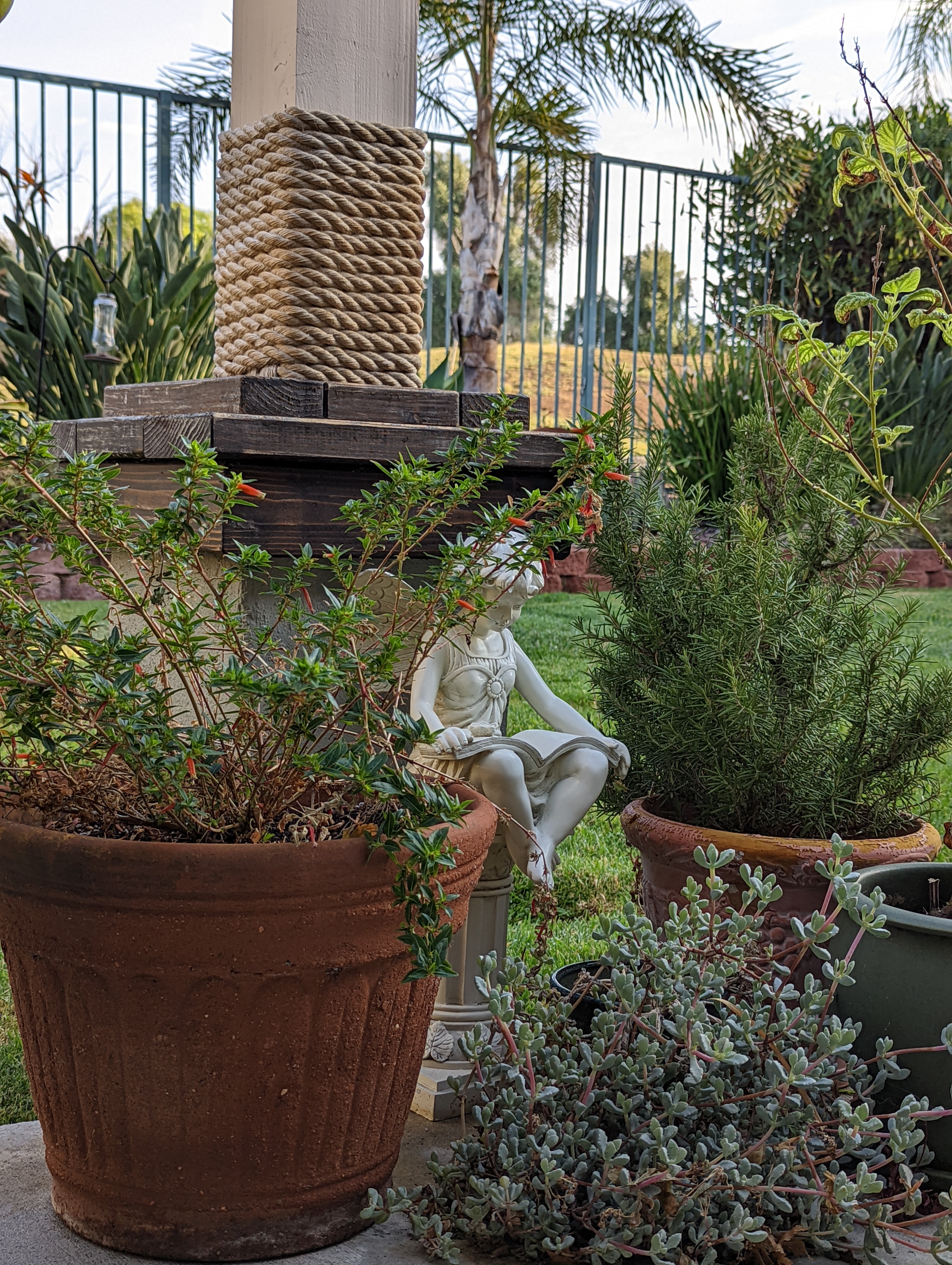

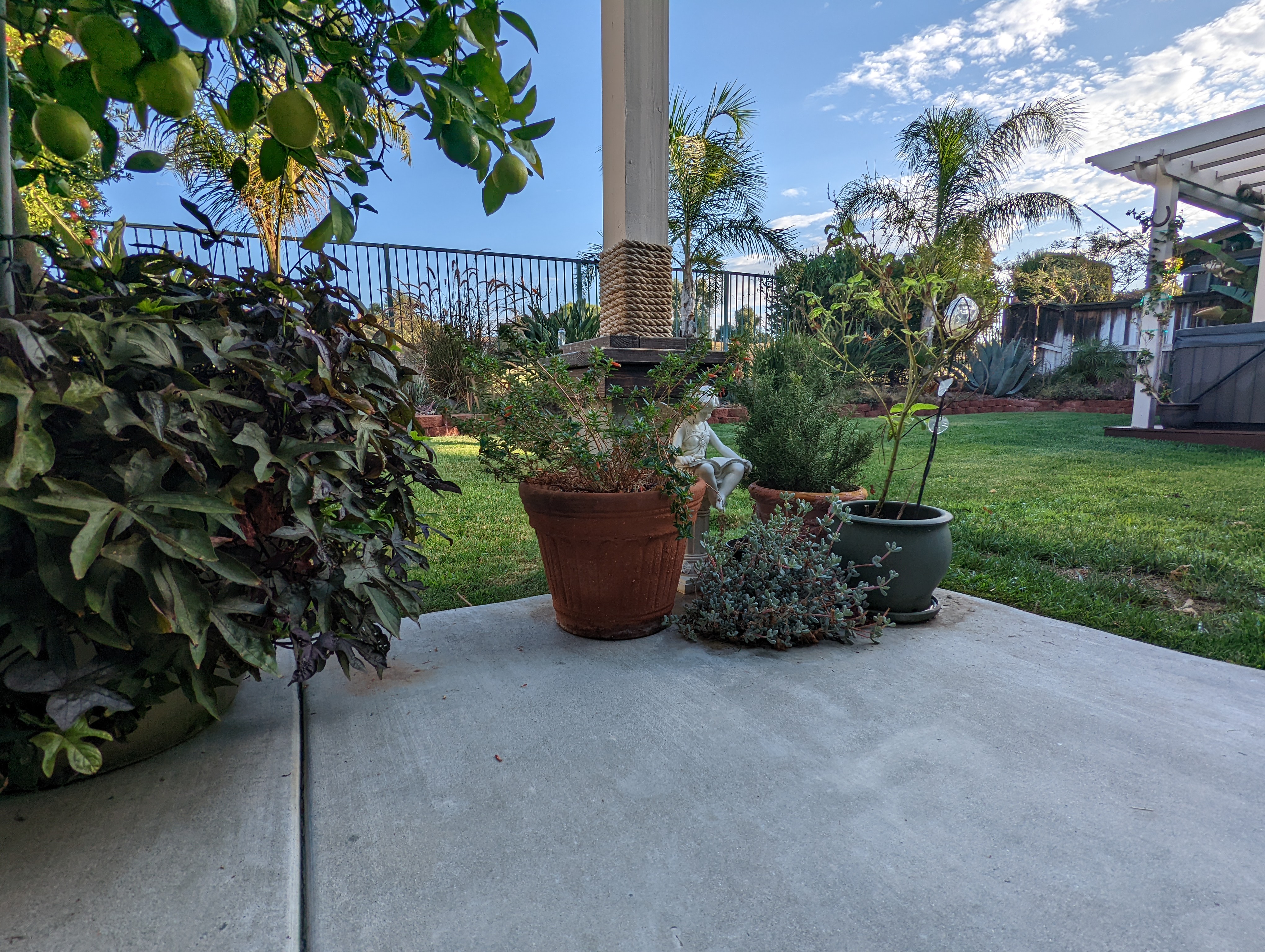
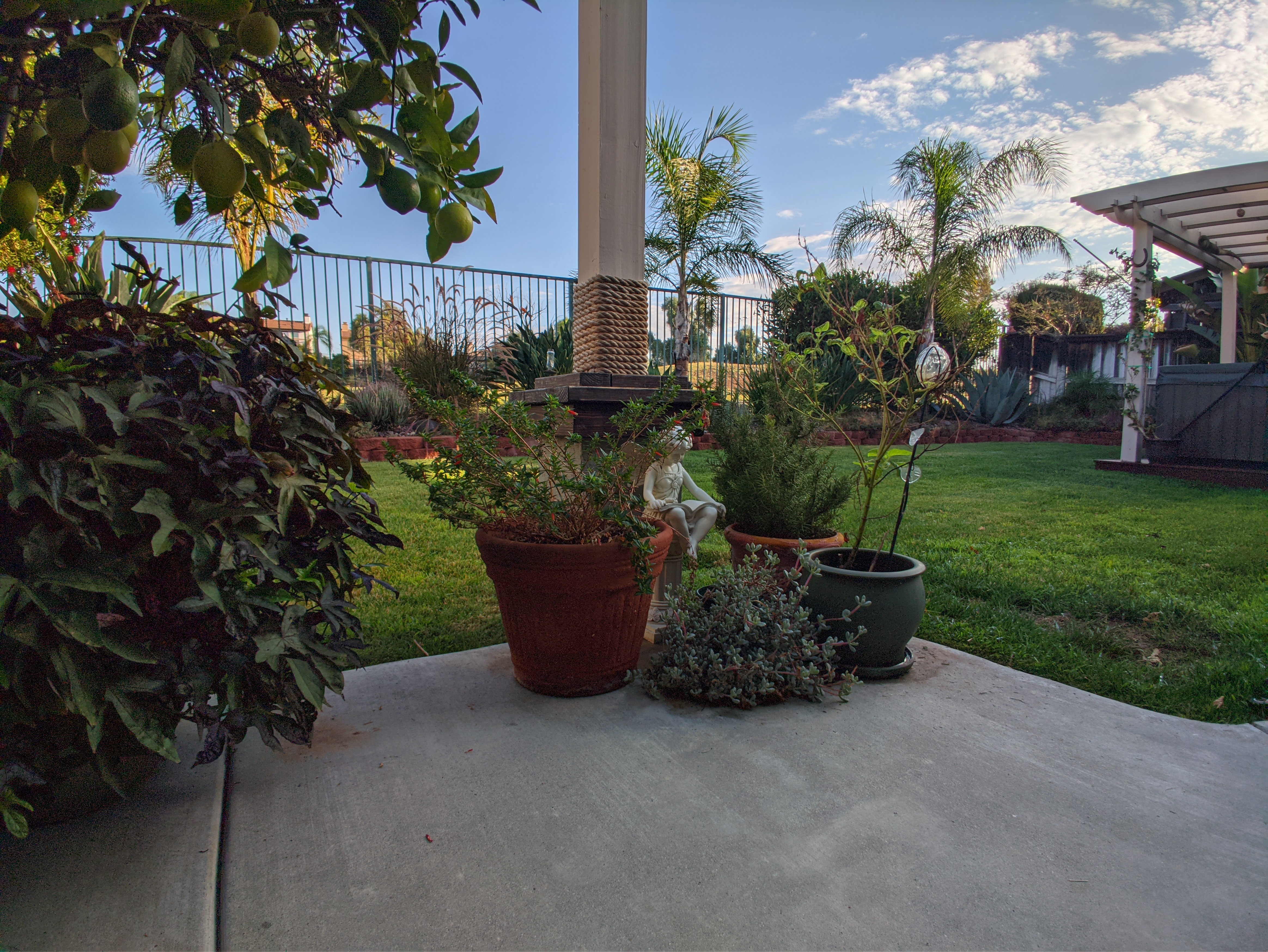
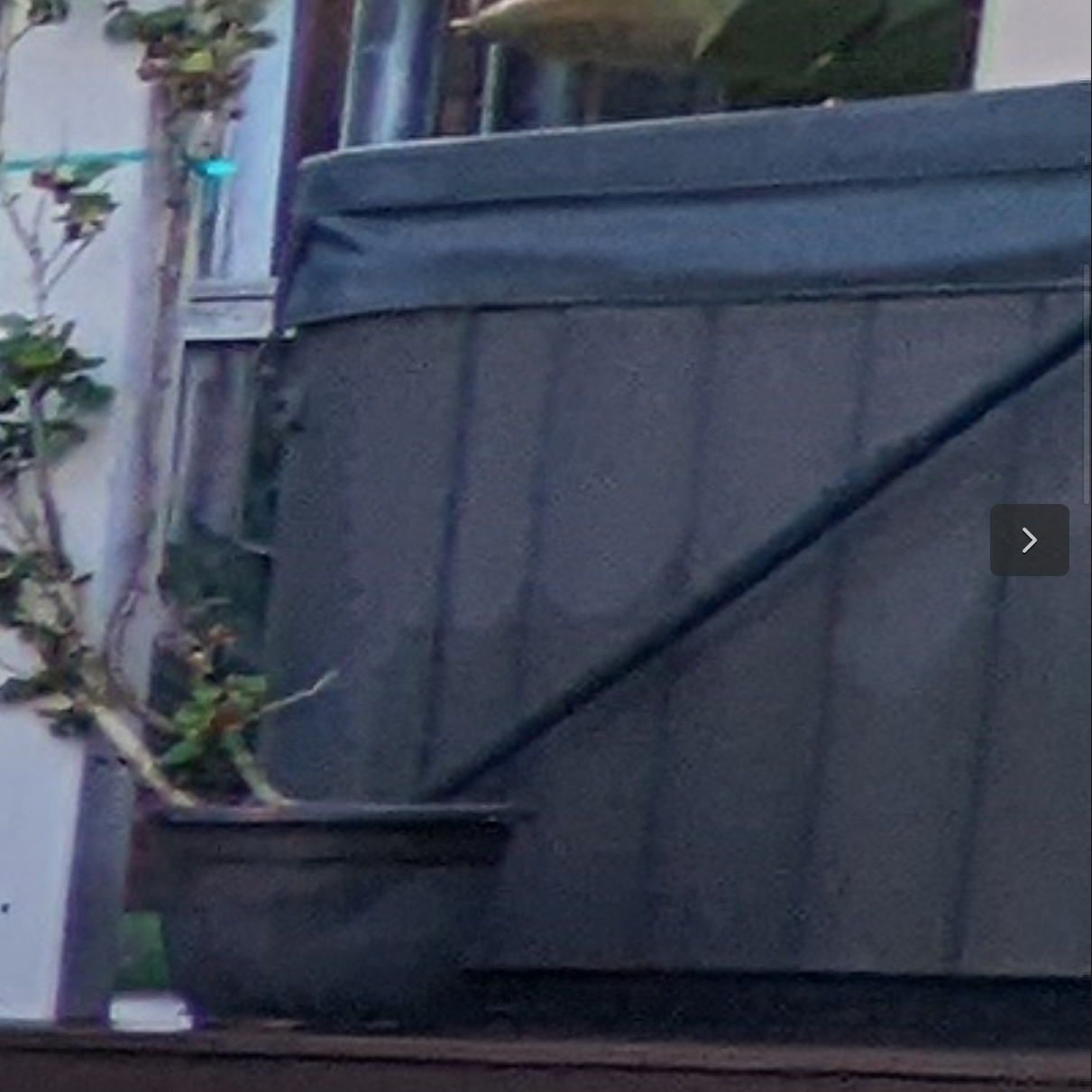


![[WIP] Retrofitting the Wikipedia App for OpenStreetMap hero image](OSM-Wikipedia-Mesh.png)